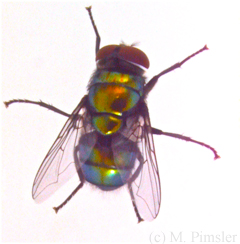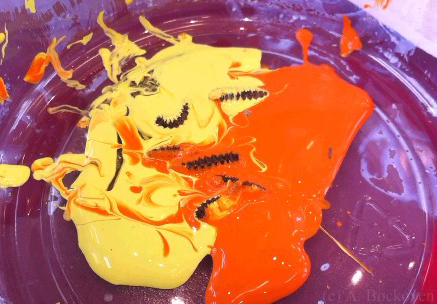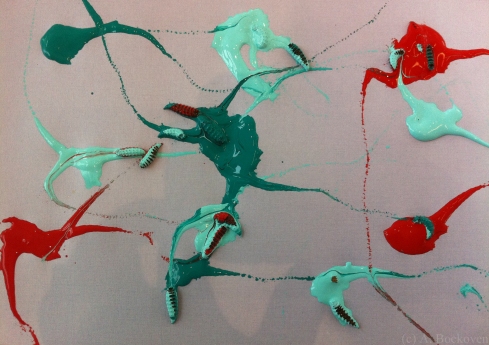–
Chrysomya rufifacies, the hairy maggot blowfly is invasive in the US, and native to the pan-Asian region. They are of interest to forensic entomologists partly because the young maggots are predators and cannibals. The adult flies often lay their eggs on carcasses with fly eggs of other species so that their offspring can feed on the other maggots. Not only does this set up some interesting ecological interactions between the invasive species and native flies, but the patterns of colonization of various flies help forensic entomologists to determine time of death for corpses.
On a less attractive note, in Australia and Thailand, where these flies are considered native, they have been recorded to cause myiasis in both humans and animals. Myiasis is a really lovely (I’m just kidding; it’s gross) parasitic infection wherein fly larvae develop in the tissue of a living mammal. In the case of humans and flies, this is most likely to mean maggots infesting a open wound, although a few types of flies (most famously the botfly) can burrow into unbroken skin and develop under the surface.
Thanks again to Meaghan for pics and info!









Recent Comments